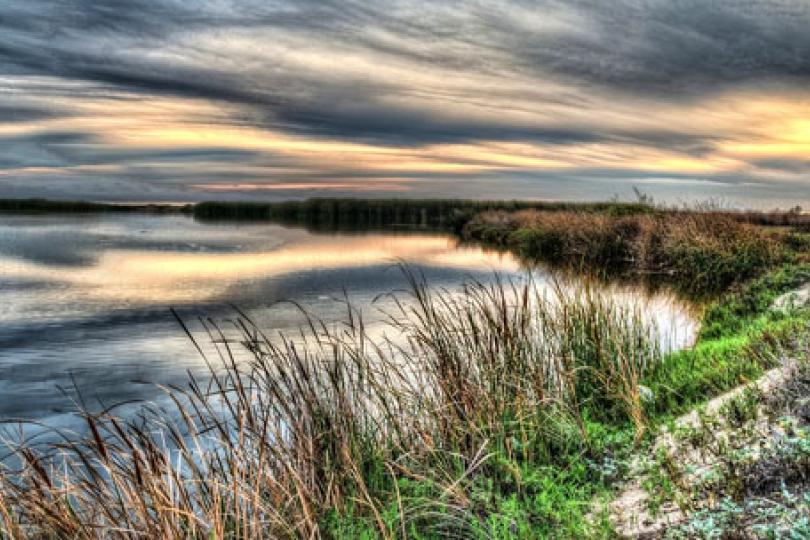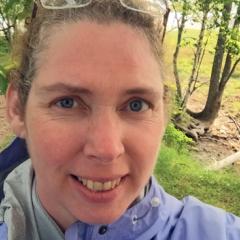Working to Reveal Promise: Leadership Grant helps connect new dots between wetland protection and management
Have you ever wondered how wetlands provide services to you and your community? If not, you are not alone. However, there are examples all across the country of ways that wetlands and the state programs that protect them are providing significant benefits to you. Wetlands are known as natural filters and sponges that absorb water. With these attributes, they provide invaluable functions for slowing and storing water from storm events in ways that limit flood damage. They filter pollutants out of runoff. They store carbon. They buffer the land from coastal storm winds and waves. And yet, they are often considered wasteland and are degraded, filled or destroyed. More than half the nation’s wetlands have been lost in the lower 48 states since European settlement and 1.9 acres of wetlands have been destroyed in the last four years alone.
We received consecutive Switzer Leadership Grants in 2014 and 2015 to discover what is working for states as they strive to protect these valuable resources and to facilitate peer-to-peer sharing of promising practices. Leveraging significant funding support from an EPA Wetland Program Development Grant, our Switzer grants made it possible for us to learn from state wetland programs what they currently have in place for regulatory protections, how they are monitoring changes in wetland quantity and quality, what efforts they are undertaking to restore wetlands, and how they work with other state programs to cooperatively address larger water resource protection issues. The project’s resulting Status and Trends Report on State Wetland Programs in the United States and fifty individual state wetland program summaries now serve as a nationally-recognized baseline on the status of state wetland protections. The documentation includes links to models, templates, and an array of tools.
By the end of 2014, our work had identified a large gap in training of wetland program staff, with significant budget cuts to state programs across the country, growing travel restrictions, and a lack of access to low-cost, high-quality training opportunities. The impacts to wetlands would grow over time if staff didn’t understand the resources they were protecting or how to adequately condition permits. ASWM now leads a national effort to improve training for wetland professionals and provide guidance to academia about improving curricula to prepare students planning to enter the aquatic resource management field.
To me, the most meaningful part of these projects has been identifying areas that offer real promise for integrating wetland management into the larger water management picture. One promising area for integration is with stormwater management. Wetlands play an important role as natural filters for stormwater runoff and in water storage and attenuation of flow. The Association of State Wetland Managers is now looking at models that link gray and green infrastructure while protecting and integrating natural wetlands --- an area of work that is showing great opportunity for linking wetland protection with other environmental, economic and social benefits.
Thanks to our Switzer grants, this work has energized a range of conversations across the nation. I encourage you to join the chatter, think about potential connections between wetlands and your environmental work and contact me with your ideas. We are always looking for new ways to connect and encourage the integration of sound science into wetland management.

